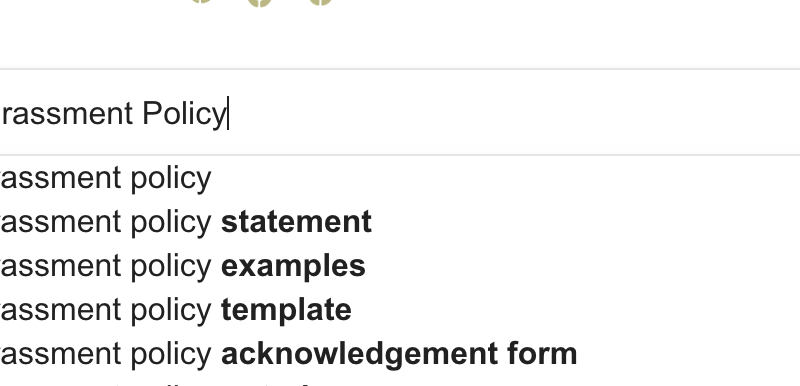Twenty thousand Google workers protested the company’s sexual harassment policies by walking off the job last week. The walk-off was propelled by a New York Times piece which brought to light a $90 million exit package given to an executive by Google after a sexual harassment accusation.
The organizers of the walkout made five demands to help protect and prevent from sexual harassment in the workplace. The first demand being to end “Forced Arbitration” in harassment and discrimination cases as well as allowing victims to bring in a chosen supporter when meeting with human resources. Other demands include a firm plan to end pay and opportunity inequality, releasing sexual harassment reports, a process for reporting sexual harassment, and appointing an Employee Representative to the Board to ensure the demands are being met and future problems are heard.
In Google’s stride to better their sexual harassment policies, employees are now required to do sexual harassment training annually as opposed to the training they were receiving every two years. Google is also taking steps to try to limit alcohol consumption in environments where alcohol is available for work events. Possible resolutions include drink limits and/or ticket systems. According to Google, in twenty percent of their harassment cases, the offender had been drinking.
Sexual harassment cases have come to light with the recent #metoo and #timesup movements. Businesses both large and small have been forced to take a hard look at how they handle sexual harassment in the workplace. How can companies actively prevent sexual harassment? First, the company’s stance on sexual harassment must come from the top, not just the human resource department. Employees need to know that no one exempt from the policies put in place, and the there is zero tolerance – for all workers.
Next, a process should be put in place for reporting sexual harassment. Many cases go unreported out of fear. Having a well-known policy in place helps promote the safety of employees. The policy should ensure safety and help eliminate fear for the one reporting the harassment.
